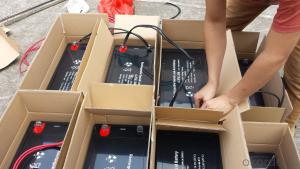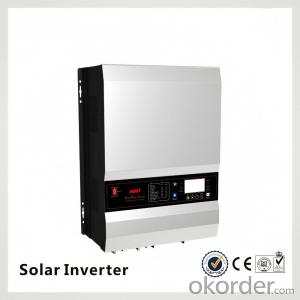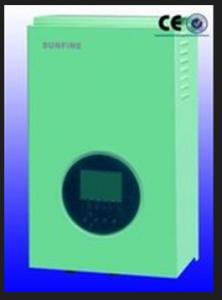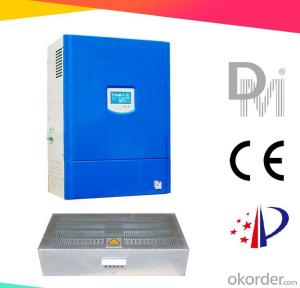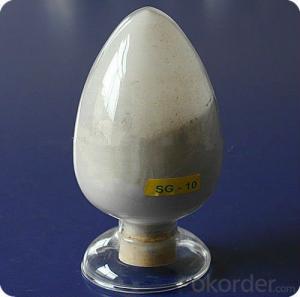10 Kva Hybrid Solar Inverter
10 Kva Hybrid Solar Inverter Related Searches
Canopy For Solar Inverter Inverter For Rv Solar Spd For Solar Inverter Solar With Electric Inverter Best Solar Inverter In Kenya Best Solar Inverter In Nigeria Buy Solar Inverter In Nigeria Pcu Mode In Solar Inverter Igbt In Solar Inverter Inverter In SolarHot Searches
Type Of Inverter For Solar Types Of Inverter For Solar Used Solar Inverter For Sale Inverter Size For Solar System Solar Edge Inverter For Sale 5kw Solar Inverter For Sale Solar Inverter For Sale Solar Inverter For Battery Solar Inverter For Split Ac Solar Inverter For Laptop Solar Inverter For Fridge Solar With Inverter Price Solar Inverter With 2 Battery Solar Inverter With Ac Outlet Solar Inverter Price In China Best Solar Inverter In China Solar Inverter Price In Dubai Solar Inverter Price In Uae Solar Inverter Price In Kenya 10 Kw Solar Inverter Price10 Kva Hybrid Solar Inverter Supplier & Manufacturer from China
Okorder.com is a professional 10 Kva Hybrid Solar Inverter supplier & manufacturer, offers integrated one-stop services including real-time quoting and online cargo tracking. We are funded by CNBM Group, a Fortune 500 enterprise and the largest 10 Kva Hybrid Solar Inverter firm in China.Hot Products
FAQ
- Yes, a solar inverter can generally be used with different types of tracking algorithms. Solar inverters are designed to convert the direct current (DC) generated by solar panels into alternating current (AC) for use in homes or businesses. The tracking algorithms, such as single-axis or dual-axis tracking, are responsible for optimizing the output of solar panels by adjusting their tilt and orientation according to the sun's position. Solar inverters are typically compatible with various tracking algorithms, allowing flexibility in system design and maximizing energy generation.
- A solar inverter handles power factor optimization by using advanced control algorithms to adjust the phase relationship between the voltage and current supplied by the inverter. This allows the inverter to operate at a power factor close to unity, which maximizes the efficiency and performance of the solar power system.
- There are three main types of solar inverters available: string inverters, microinverters, and power optimizers. String inverters are the most common and cost-effective option, where multiple solar panels are connected in a series and the inverter converts the DC power from the panels into AC power for use in homes or businesses. Microinverters, on the other hand, are installed on each individual solar panel, providing more flexibility and maximizing the energy output of each panel independently. Power optimizers work similarly to microinverters by optimizing the performance of each panel, but they are paired with a central inverter instead of being individually installed. Each type has its own advantages and considerations, depending on the specific installation requirements and goals.
- Yes, a solar inverter can be used in low light conditions. However, the efficiency of the inverter may be reduced as it relies on sunlight to convert the DC power generated by solar panels into AC power. In low light conditions, the solar panels produce less electricity, resulting in a lower output from the inverter.
- A solar inverter converts the direct current (DC) generated by solar panels into alternating current (AC) that can be used to power electrical appliances in a property. By efficiently converting DC to AC, a solar inverter enables the property to utilize the renewable energy generated by the solar panels. This reduces the reliance on grid electricity, thereby decreasing the overall energy consumption of the property and leading to potential cost savings on electricity bills.
- Yes, a solar inverter can be used in a commercial or industrial setting. In fact, they are commonly used in these settings to convert the direct current (DC) electricity generated by solar panels into alternating current (AC) electricity that can be used to power various commercial and industrial equipment. Solar inverters are essential components of solar power systems in such settings and play a crucial role in maximizing energy efficiency and reducing reliance on conventional power sources.
- The temperature range for optimal operation of a solar inverter typically falls between -20°C to 50°C.
- The role of a solar inverter in a solar-powered water purification system is to convert the direct current (DC) generated by the solar panels into alternating current (AC) that can be used to power the water purification system. It also ensures the optimal utilization of solar energy by regulating the voltage and frequency of the electricity produced, making it compatible with the requirements of the water purification system.













